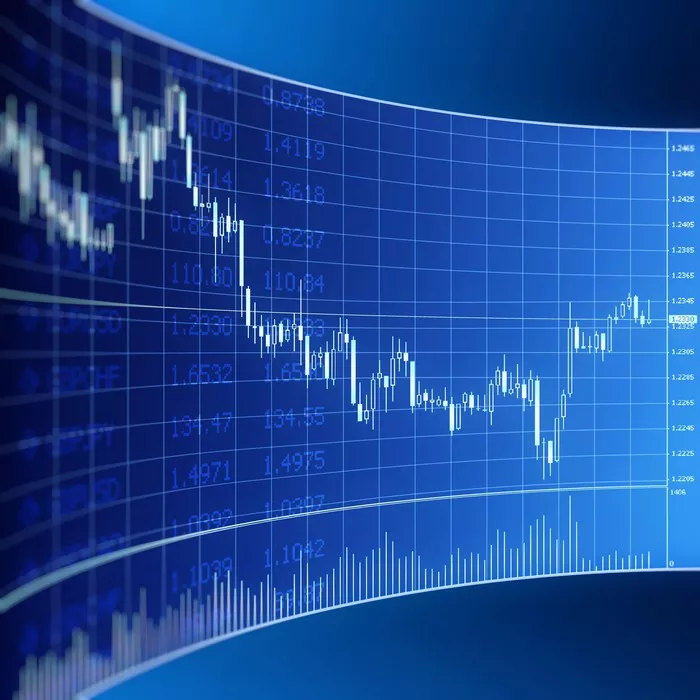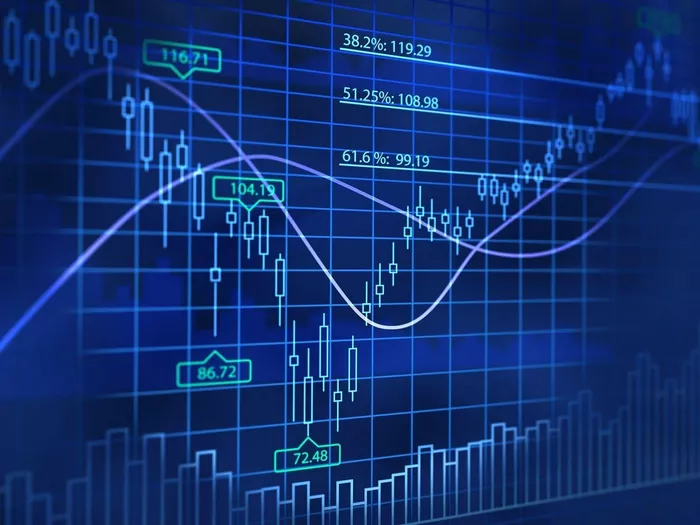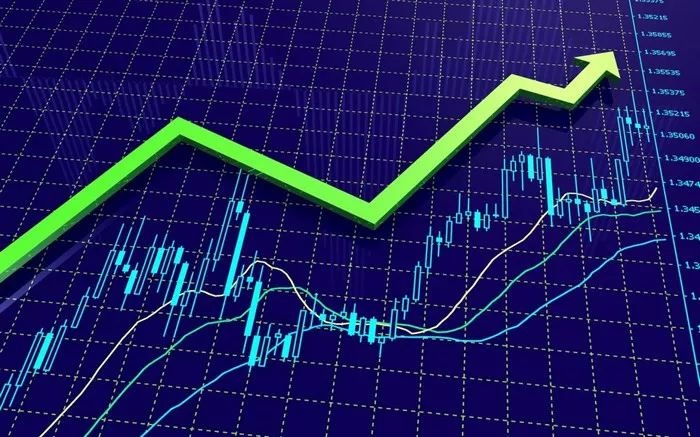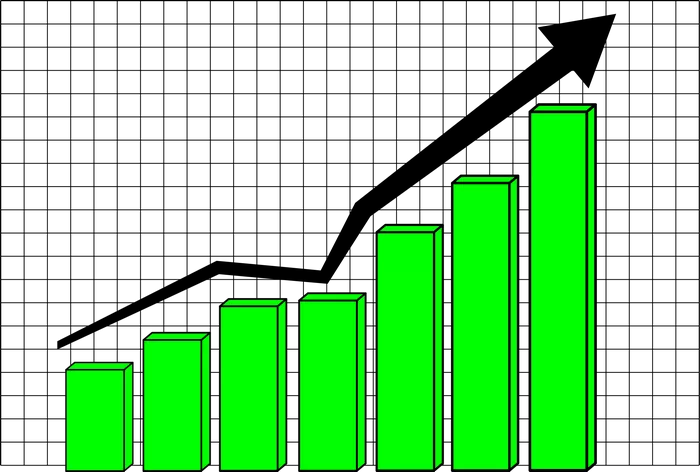The U.S. dollar (USD) is the most widely used currency in the world and plays a pivotal role in international trade, finance, and economics. As a global reserve currency, its value fluctuates over time due to various economic factors. Understanding when the USD was worth the most can provide valuable insights into the economic events, policies, and global conditions that shaped its strength. In this article, we will explore the history of the U.S. dollar, focusing on the periods when it reached its highest value, and examine the factors that contributed to these times.
The U.S. Dollar: An Overview
Before diving into the periods of the USD’s peak value, it’s important to understand the factors that influence its strength. The value of a currency like the USD is determined by multiple factors, including:
Monetary Policy: Decisions made by the U.S. Federal Reserve (Fed), such as interest rates and money supply, can significantly affect the value of the USD.
Economic Performance: A strong U.S. economy, marked by high GDP growth, low unemployment, and low inflation, supports a strong USD.
Global Demand: The USD is in high demand worldwide for international trade, investment, and as a reserve currency. The greater the demand, the stronger the dollar.
Geopolitical Stability: Political stability and the perception of the U.S. as a safe haven for investment often boost the value of the USD.
Foreign Exchange Market: The USD’s value is also affected by supply and demand dynamics in the forex market, influenced by the actions of central banks, governments, and investors.
Understanding these factors is crucial for understanding when the USD was at its most valuable in history.
The USD Under the Gold Standard
Historically, the U.S. dollar was pegged to gold through the gold standard, a system where a country’s currency was directly linked to a specific amount of gold. This system gave the dollar a fixed value and created periods of economic stability. The gold standard era, however, ended in the 20th century, but its impact on the value of the dollar remains significant.
1. The USD in the Early 1900s
In the early 20th century, the U.S. dollar was still tied to gold, and its value was relatively stable. The U.S. economy was growing, and the dollar was recognized as a reliable currency, especially after World War I, when the U.S. emerged as a global economic power. However, the value of the dollar was still closely tied to the amount of gold held by the U.S. Treasury.
2. The Great Depression and the Gold Standard
The value of the U.S. dollar saw its first major shift during the Great Depression (1929-1939). As the global economy collapsed, the U.S. government, under President Franklin D. Roosevelt, took significant steps to prevent further economic decline, including abandoning the gold standard domestically. This led to the devaluation of the U.S. dollar during the 1930s. The dollar’s value was still pegged to gold at $35 per ounce internationally, but the domestic market saw significant changes.
3. The Bretton Woods Agreement and Post-War Era
Following World War II, the Bretton Woods Agreement of 1944 established a new global financial order, with the U.S. dollar at its center. The dollar was pegged to gold at $35 per ounce, and other currencies were pegged to the USD. This system made the U.S. dollar the primary reserve currency for the world and led to an increase in global demand for the dollar.
4. The End of the Gold Standard
In 1971, President Richard Nixon announced the suspension of the gold standard, a move that officially ended the Bretton Woods system. The U.S. dollar became a fiat currency, meaning it was no longer backed by gold. This shift led to greater fluctuations in the value of the USD. The end of the gold standard marked the beginning of the modern era of currency exchange, where the value of the USD is determined by market forces and government policies.
The Strongest Periods for the USD
While the USD’s value has fluctuated over the years, there have been several periods in history when it reached its highest levels. These periods were influenced by various factors, including economic growth, political stability, and global events.
1. The Early 1980s: A Strong USD under Volcker’s Federal Reserve
One of the most notable periods of USD strength occurred during the early 1980s. The U.S. dollar reached its highest value in modern history, largely due to the aggressive monetary policy of Paul Volcker, who was the Chairman of the Federal Reserve from 1979 to 1987. Volcker’s primary goal was to combat the high inflation that had plagued the U.S. economy throughout the 1970s.
Monetary Policy: To control inflation, Volcker raised interest rates dramatically, peaking at over 20% in 1981. This made the U.S. dollar attractive to investors, as high interest rates provided better returns on U.S. assets.
Economic Impact: The higher interest rates led to a stronger dollar, as foreign investors flocked to the U.S. to take advantage of the attractive returns. Additionally, the strong dollar helped reduce inflation and stabilize the U.S. economy, but it also made U.S. exports more expensive, affecting the manufacturing sector.
By 1985, the USD had reached its peak against major currencies such as the Japanese yen and the German Deutsche mark.
2. The Late 1990s: The Dot-Com Boom and a Strong Economy
Another period of significant USD strength occurred during the late 1990s, driven by strong economic growth and the dot-com boom. The U.S. economy was expanding rapidly, and the value of the dollar rose as a result.
Economic Growth: The late 1990s saw high GDP growth, low unemployment, and low inflation, leading to a strong dollar. The U.S. had a dominant position in the global technology sector, with companies like Microsoft, Apple, and Amazon becoming global giants.
Global Investment: Investors around the world were eager to invest in U.S. technology stocks, further driving up demand for the USD. The dollar appreciated against major currencies, such as the euro and the British pound, making this one of the strongest periods for the USD.
Federal Reserve Policy: The Federal Reserve, under Chairman Alan Greenspan, maintained a stable interest rate policy, which helped foster economic growth while keeping inflation in check. The strength of the dollar during this period also reflected the U.S.’s dominant position in the global financial system.
3. Post-2008 Financial Crisis: A Flight to Safety and USD Strength
The global financial crisis of 2008 had a profound impact on the global economy. During the crisis, the U.S. dollar experienced a significant appreciation as investors flocked to it as a safe haven currency. The financial turmoil and the collapse of major financial institutions led to widespread uncertainty, and the USD was seen as a safe bet.
Flight to Safety: As the U.S. was seen as the most stable economy during the crisis, investors turned to the USD, driving its value up against other currencies. Central banks around the world also increased their holdings of U.S. Treasury bonds, further supporting the dollar’s value.
Federal Reserve Actions: In response to the crisis, the Federal Reserve implemented a range of policies, including quantitative easing, to stabilize the economy. While these policies expanded the money supply, the demand for safe assets like the USD remained high, supporting its value.
4. The COVID-19 Pandemic and the USD’s Resilience
The COVID-19 pandemic of 2020 triggered unprecedented global economic challenges. Despite the uncertainty and economic disruptions caused by the pandemic, the USD remained relatively strong, particularly in the early stages of the crisis.
Global Uncertainty: The pandemic caused widespread disruptions in global trade and supply chains, leading investors to seek out safe haven assets. The USD, as the world’s primary reserve currency, benefited from this flight to safety.
Monetary Policy Response: The U.S. government and Federal Reserve implemented massive fiscal and monetary stimulus packages, which led to concerns about future inflation. Despite this, the USD remained strong due to its role as the global reserve currency and the ongoing demand for U.S. Treasury bonds.
Factors Influencing the Strength of the USD
Several factors contribute to the strength of the USD at different points in time. These include:
1. Interest Rates and Federal Reserve Policies
The actions of the Federal Reserve, particularly regarding interest rates, have a significant impact on the strength of the USD. Higher interest rates make the U.S. more attractive to foreign investors, leading to a stronger dollar.
2. Economic Growth
When the U.S. economy is growing, the value of the USD tends to rise. Strong GDP growth, low unemployment, and low inflation create an environment where the dollar appreciates in value.
3. Geopolitical Factors
Geopolitical stability plays a crucial role in the strength of the USD. During times of global instability, the U.S. dollar is often seen as a safe haven, driving its value higher.
4. Global Demand for the USD
As the world’s primary reserve currency, the U.S. dollar is in high demand for international trade, investment, and as a store of value. This demand supports the USD’s strength on the global stage.
Conclusion
The U.S. dollar has reached its highest values during certain periods in history, driven by factors such as strong economic growth, high interest rates, and global demand for U.S. assets. From the early 1980s under Paul Volcker’s aggressive monetary policies to the late 1990s dot-com boom and the post-2008 financial crisis, the USD has demonstrated resilience and strength. Understanding when the USD was worth the most can provide valuable insights into the economic forces that shape the global financial system and help investors and policymakers make informed decisions. While the value of the dollar will continue to fluctuate, its role as the world’s primary reserve currency ensures its continued importance in the global economy.
Related topics:





























